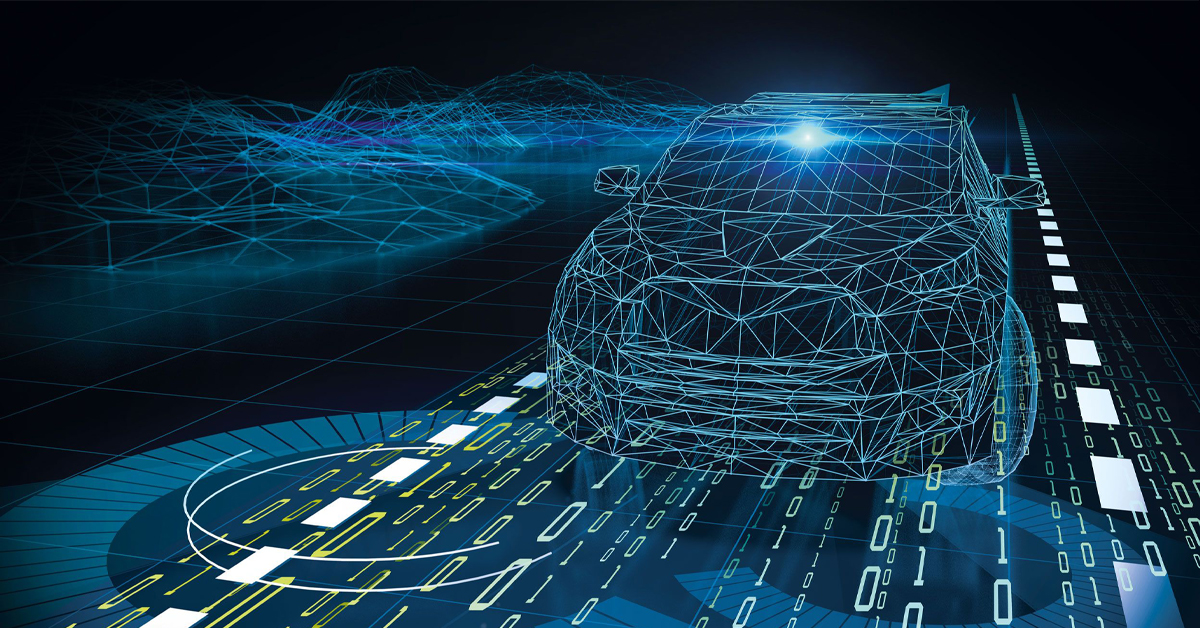Five transport solutions we wouldn't have thought possible ten years ago
There were only 66 years between the first manned flight and the first moon landing. Transport technology, if you excuse the pun, moves at an incredible rate and if you look back at new technological developments that took you by surprise at previous Intertraffic shows it becomes clear that on a daily basis we’re using things that weren’t even at the prototype stage 10 years ago.
With that in mind we asked a selection of experts, colleagues, exhibitors and visitors to identify one new solution that in 2012 would have been dismissed as a flight of fancy. We compiled our top five, in no particular order, but if there’s something not included in this article then please get in touch with your own nomination and we will include it in a revised version later this year.
Firstly, two notes. One, we have not included Mobility as a Service, largely because although it was still a fledgling sector there was plenty of talk in the traffic and transport press about the rise of MaaS. Secondly, perhaps the biggest change over the last decade is that private sector investment into smart transport projects now has the edge over public sector, but our survey was focused on the technology itself – but perhaps we can revisit this as a separate feature at a later date.
More articles on this topic
COLLECTIVE INTELLIGENCE: LEARNING FROM EXPERIENCE
DATA DRIVEN TRAFFIC MANAGEMENT: A QUESTION OF TRUST
SMART MOBILITY: FROM DATA TO INFORMATION TO INSIGHT TO ACTION
URBAN MOBILITY DEVELOPMENTS: PAST AND FUTURE
ARTIFICIAL INTELLIGENCE

The more we can interpret that data the better understanding we have of those networks and the world they inhabit. AI affords the ability of taking that vast quantity of data and turning it into useful information and helps the private and public sectors to come to agreements with the organizations that are collecting those vast quantities of data to see how that information can be used. Artificial intelligence gives us a much richer understanding of the world around us.
ELECTRIC VEHICLES/SHARED MOBILITY

ADVANCED AIR MOBILITY (AAM)

In the US NASA’s vision for Advanced Air Mobility (AAM) Mission is to help emerging aviation markets to safely develop an air transportation system that moves people and cargo between places previously not served or underserved by aviation – local, regional, intraregional, urban – using revolutionary new aircraft that are only just now becoming possible. Europe is surely set to follow.
The Aeronautics Research Mission Directorate (ARMD) initiated the AAM Mission Integration Office during 2020 with the objective to “promote flexibility and agility while fostering AAM mission success and to promote teamwork across ARMD projects contributing to the AAM Mission. The AAM Mission will address a broad set of barriers necessary to enable AAM [that] will be accomplished with the contributions made by projects across the mission directorate.”
AUTOMATED TRUCKS

TRAFFIC MANAGEMENT AS A SERVICE (TMAAS)

The ability to convert data to information and to extract insight and understanding as the basis for new action plans and responses, also provides a higher level of monitorability. It leverages existing sensor infrastructure and provides additional information that is vital for independent monitoring and decision-support. The decision support advice provided can also be shared across agencies and stakeholders through the use of the integrated collaboration support tools.
Get in touch with us via Twitter, Facebook or LinkedIn with your suggestions for our list of technologies that were unthinkable a decade ago.
Do you have an innovation, research results or an other interesting topic you would like to share with the professionals in the infrastructure, traffic management, safety, smart mobility and parking industry? The Intertraffic website and social media channels are a great platform to showcase your stories!
Please contact our Sr Brand Marketing Manager Carola Jansen-Young.
Are you an Intertraffic exhibitor?
Make sure you add your latest press releases to your Company Profile in the Exhibitor Portal for free exposure.





